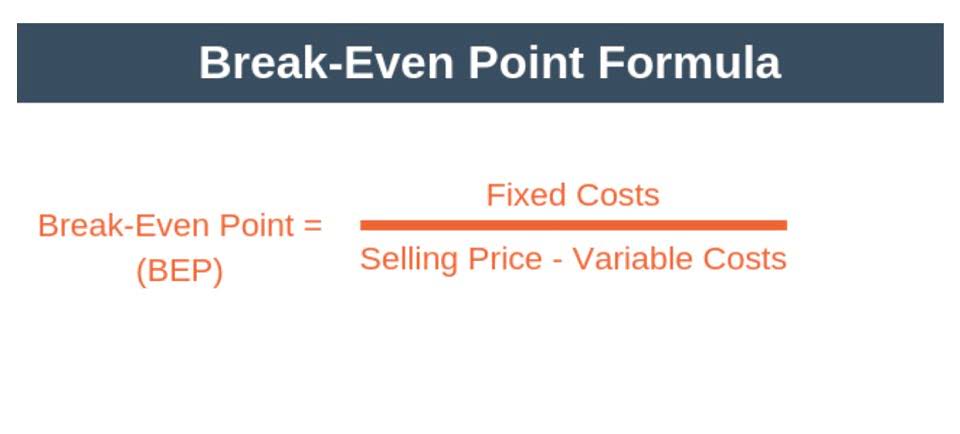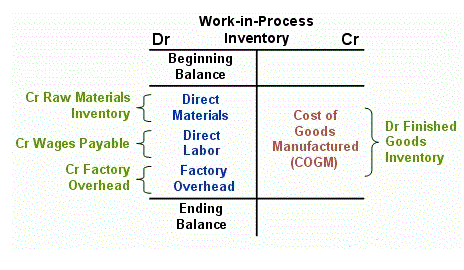
When a company issues non-cumulative preferred stock, it raises capital without the immediate obligation to pay dividends, providing a buffer that can be particularly useful during periods of financial uncertainty. This flexibility can enhance the company’s liquidity and overall financial stability, which in turn can positively affect the company’s noncumulative preferred stock credit rating and borrowing capacity. The business in the 5th year was great, so the management declared a dividend to its shareholders.
Where Can Individual Investors Get Preferred Stock?
- In exchange, preference shares often do not enjoy the same level of voting rights or upside participation as common shares.
- Unlike cumulative preferred stock or bonds, its issuance gives companies greater financial flexibility, but investors would lose income in the event of unfavourable economic conditions.
- These dividends can be fixed or set in terms of a benchmark interest rate like the secured overnight financing rate(SOFR), and are often quoted as a percentage in the issuing description.
- Kalkine Media does not claim ownership of any of the pictures/music displayed/used on this website unless stated otherwise.
- If the company issues a dividend but does not actually pay it out, that unpaid dividend is accumulated and must be made in a future period.
- In addition, preferred stockholders have little to no say in the operations of the company, as they usually forgo voting capabilities.
A participating preferred stockholder may also earn these dividends on top of what the company issues as “normal dividends,” assuming the company has enough finances to make all payments. Some types of preferred stock have a fixed end date when, like a bond, the original capital is returned to shareholders. Cumulative and non-cumulative stocks are two types of stock options available to shareholders. While the former makes it mandatory for firms to pay off the dividends when accumulated, the latter keeps the firms off from the obligation of mandatory payment of dividends to shareholders.

Advantages of Cumulative Preferred Stock
– 6.750% Fixed Rate Reset Noncumulative Preferred Stock, Series EE, payable February 18, 2025, to holders of record on February 7, 2025. Holders of depositary receipts, each representing one-twenty-fifth of a full preferred share, will be paid $13.50 for each receipt held. – 7.000% Fixed Rate Reset Noncumulative Preferred Stock, Series DD, payable February 18, 2025, to holders of record on February 7, 2025. Holders of depositary receipts, each representing one-twenty-fifth of a full preferred share, will be paid ledger account $17.50 for each receipt held. – 7.200% Fixed Rate Reset Noncumulative Preferred Stock, Series BB, payable February 18, 2025, to holders of record on February 7, 2025.

What happens if you own preference shares in a company that goes bankrupt?
SSGA Intermediary Business offers a number of products and services designed specifically for various categories of investors. The information provided on the Site is not intended for distribution to, or use by, any person or entity in any jurisdiction or country where such distribution or use would be contrary to law or regulation. Founded in 1993, The Motley Fool is a financial services company dedicated to making the world smarter, happier, and richer. Shares may also fall into the category of participating convertible preferred (PCP) stock, which has additional benefits. Preferred shares come in several varieties including callable, cumulative, convertible, and participatory.
In addition, noncumulative preferred stock also poses higher risks in the economic downtrends. The problem is that companies can withhold dividends from these shares in times of financial stress, making income streams for investors inconsistent or zero. This lack of downside protection makes such shares less attractive for conservative investors who prefer stability, since the result can be quite unpredictable.
Noncumulative: Definition, How It Works, Types, and Examples
A third risk that investors must consider when purchasing noncumulative preferred stocks is bankruptcy. Preferred stockholders are typically paid before common shareholders should a company enter into bankruptcy proceedings. Preferred stocks can be classified as either cumulative or noncumulative based on the dividend rights granted to their holders. With cumulative preferred stocks, investors are entitled to any unpaid dividends from previous years. As a result, these investors will eventually receive all missed dividends before common shareholders start receiving any dividends when the company resumes paying dividends. On the other hand, noncumulative preferred stockholders do not receive any accumulated or skipped dividends and will only collect the current year’s dividend payment if declared by the company.
Equity Characteristics: Common vs. Preferred Stock
Noncumulative preferred stock is extremely rare, because it places the holders of the stock in the uncertain position of not having an assured income stream. Instead, the shares are effectively the same as https://www.bookstime.com/articles/tax-liability common stock, where the issuance of dividends is at the prerogative of the board of directors. Theoretically, investors can indirectly influence the issuance of dividends by electing a different set of directors.

Limited Upside Potential
The landscape for non-cumulative preferred stock is shaped by various market trends that influence both investor behavior and corporate strategies. One notable trend is the increasing interest in hybrid securities, which blend features of both debt and equity. Non-cumulative preferred stock fits well within this category, offering a middle ground for investors seeking a balance between risk and return. This trend is particularly evident in sectors such as utilities and financial services, where companies often issue non-cumulative preferreds to attract a diverse investor base while maintaining financial flexibility.

Comments are closed